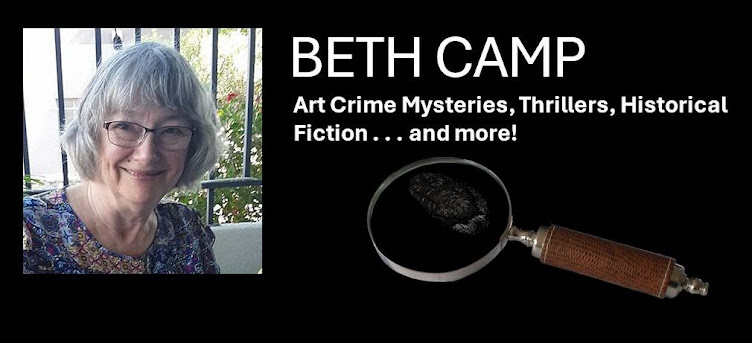So I like to include a 19th Century quilt somewhere in my books.
In Standing Stones, Granny Conner, who slept in a cupboard bed, had a small patchwork quilt casually in that boxbed on legs, for the doors on such beds can be closed off entirely, just like sleeping in a tiny closet.
In Years of Stone, one of my characters, actually a historical personage, Kezia Hayter, served as a matron on the Raja that carried women from England to Australia on a convict ship in 1841.
In Years of Stone, one of my characters, actually a historical personage, Kezia Hayter, served as a matron on the Raja that carried women from England to Australia on a convict ship in 1841.
Thanks to gifts of sewing materials, bags of scraps, needles and thread provided by the Elizabeth Fry and the Quakers, these women, while on a roughly three-month voyage on a sailing ship, prepared a quilt. Today, that quilt resides in the National Gallery of Australia in Canberra, where it’s brought out once a year. I haven’t seen it for myself. Perhaps one day.
 |
| The Rajah Quilt, 1841 Source: National Gallery of Australia |
Which brings me to the current work-in-progress, Rivers of Stone. I haven’t a quilt yet.
Perhaps I could use a Hawaiian quilt, for I do have a very few minor Hawaiian characters, those adventuresome young men who worked for the Hudson’s Bay Company in the 19th Century.
The historical time period matches. The missionaries went to the Big Island roughly in the 1820s. The missionary wives, wearing their up-to-the-neck dresses, brought their quilting with them.
The result at first were pieced quilts, but research shows that by the 1870s, local traditions transformed quilting into something rather unique: Absolutely gorgeous and unique applique quilts that celebrate the flowers and plants of Hawaii.
The Hawaiians adapted that European quilting to their own tradition of creating kapa out of bark that had been beaten and then felted. Generally, these applique quilts are not for everyday use, but are brought out on state occasions to celebrate a marriage or a birth or to mark a death. This example of a modern Hawaiian applique quilt features thousands of stitches -- by hand.
The Hawaiians adapted that European quilting to their own tradition of creating kapa out of bark that had been beaten and then felted. Generally, these applique quilts are not for everyday use, but are brought out on state occasions to celebrate a marriage or a birth or to mark a death. This example of a modern Hawaiian applique quilt features thousands of stitches -- by hand.
 |
Halderbaun, Hattie. Mist of Kaala. 1950-1975.
From Hawaiian
Quilt Research Project, Hawaiian Quilt Research Project.
Published in TheQuilt Index, Accessed:
04/20/2016
|
Perhaps one of the European women who married those Chief Factors at the Hudson’s Bay Company posts, brought a quilt with her. Certainly, Letitia Hargrave brought a piano with her when she arrived in August of 1840. She could have brought a quilt.
The earliest Canadian quilts were made in the 18th Century. The oldest I found is this beautiful pieced quilt made in 1726 and carefully preserved at the McCord Museum in Montreal.
Did any of the Native or Metis women have a tradition of quilting? Their beading appears everywhere in clothing and moccasins with geometric (pre-contact) and natural motifs (post-contact).
 |
| Pieced Quilt, 1726 McCord Museum, Montreal |
The earliest Canadian quilts were made in the 18th Century. The oldest I found is this beautiful pieced quilt made in 1726 and carefully preserved at the McCord Museum in Montreal.
Did any of the Native or Metis women have a tradition of quilting? Their beading appears everywhere in clothing and moccasins with geometric (pre-contact) and natural motifs (post-contact).
Perseverance furthers. A Google search led me to discover the sumptuous Star Blanket quilts (also known as starblankets), beautifully made by the Plains Indians.
These quilts, like the Hawaiian quilts, also have a sacred value. Highly prized today, the star blankets feature a central star in the shape of the 8-pointed morning star design of the Sioux, but the practice of making them began in the late 1800s, well past my time period of the 1840s.
 |
| Star Blankets in a Row from Nancy McClure, "Star Quilts: 'A Thing of Beauty'" Buffalo Bill Center of the West |



No comments:
Post a Comment